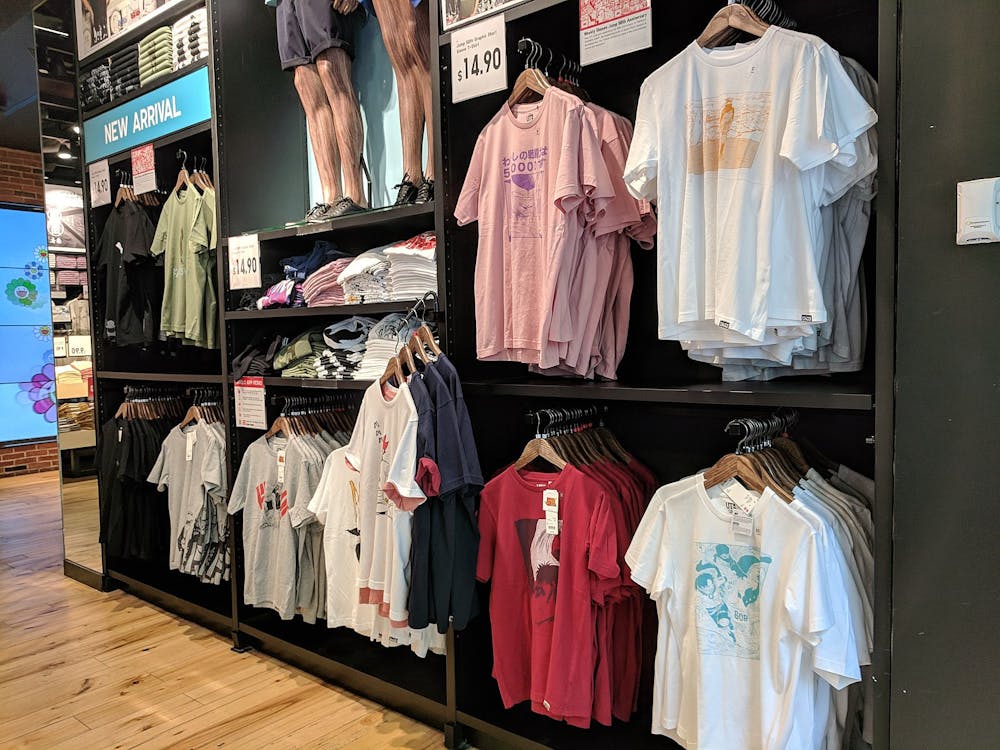With fast fashion brands like Shein being so cheap, it is easy to convince ourselves that we should buy more clothes. Shein is amongst other fashion retailers, such as Temu and FashionNova, that are known for their cheap product prices and their frequent releases of new items. Despite the allure of fast fashion, it fosters a culture of clothing waste and overconsumption that is harmful to both the environment and individuals.
In recent years, fast fashion brands have become very successful, and Shein’s revenue alone surged to more than $24 billion in 2023. However, these fast fashion brands are often low quality, with most pieces being made with cheap, synthetic materials that are not durable. This may not be a dealbreaker for those consumers who want to constantly switch out their wardrobe for the newest trends. A study found that the average garment is worn only seven times before it is thrown away, demonstrating the impact of trendy or short-term shopping. Fast fashion companies encourage this and on average, release 14 collections annually, earning them the “fast” in fast fashion.
Although following the trends may be fun at the moment, research has found that it can be extremely damaging to the environment as over 50% of fast fashion items are thrown away within a year after purchase. Broadly, Americans are wasteful with the clothes we do own with over 10.5 million tons of clothes ending up in landfills each year.
I urge consumers not to fall into the trend-chasing cycle and to prioritize buying quality, timeless pieces over trendy fits. There will always be new trends, especially with the rise of TikTok, and if you try to keep up with all of them, it will be next to impossible to curate your own personal style.
Instead, if you are financially able to, prioritize purchasing clothes that are likely to stand the test of time, both in terms of durability and in terms of style. Although these items may be more expensive at first, they may last longer and be affordable when price-per-wear is accounted for. Don’t get me wrong, trends can be very fun, and there is nothing wrong with buying a few trendy pieces, but they shouldn’t be the bulk of your closet, especially if you want your closet to still be wearable in a few years. By investing in the styles that are right for you, instead of buying and throwing away the latest trendy top, not only are you building up a long-lasting wardrobe, but also limiting your contribution to the wastefulness of fast fashion.
Consumers shouldn’t have to bear the entire burden; fast fashion’s negative environmental impact is not only due to the wastefulness or overconsumption of the consumer but also the brands’s manufacturing practices. Textile manufacturing can be extremely damaging to the environment, with the production of polyester textiles emitting over 705 million tons of greenhouse gases per year. According to the United Nations Environment Programme, fashion is responsible for around 10% of global carbon emissions; fast fashion, specifically, has a high volume of textile production compared to other brands and plays a huge role in fashion’s overall emissions. Ultimately, consumers can only do so much to limit the environmental impact of fast fashion, unless also met with a broader change in business practices of these fast fashion companies to manufacture fewer collections each year and invest in higher quality materials.
I am not saying to never buy from fast fashion brands, and I completely understand that for some people who are unable financially to spend a lot on clothes, it is an affordable option to shop for new looks. However, we should all be aware of our tendencies to lean on fast fashion and strive to limit our fast fashion consumption, not only to build a more timeless wardrobe but also to build a more sustainable and less wasteful world.
Samhi Boppana is a junior from Dublin, Ohio, majoring in biology and political science. She is the Opinions Editor for The News-Letter.





